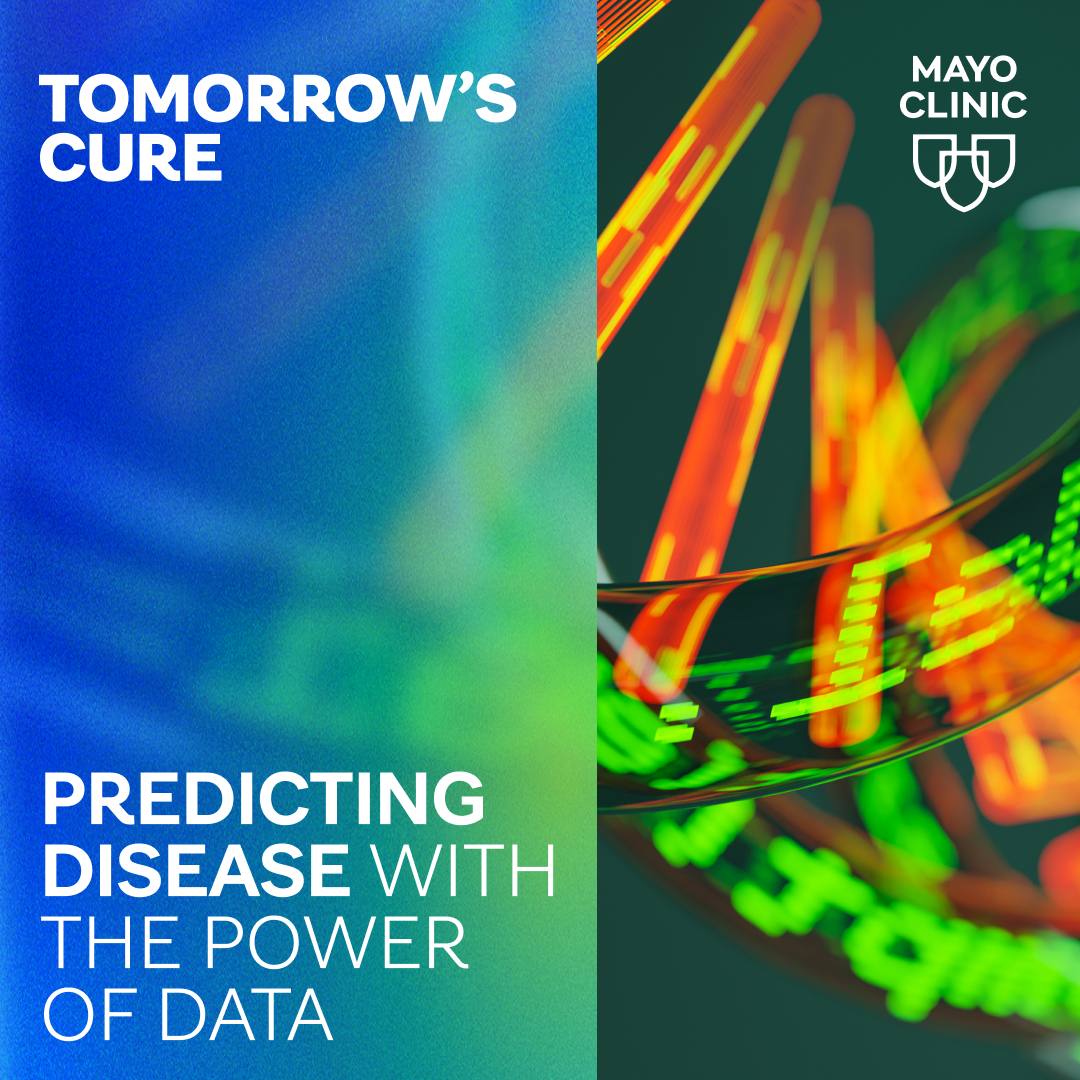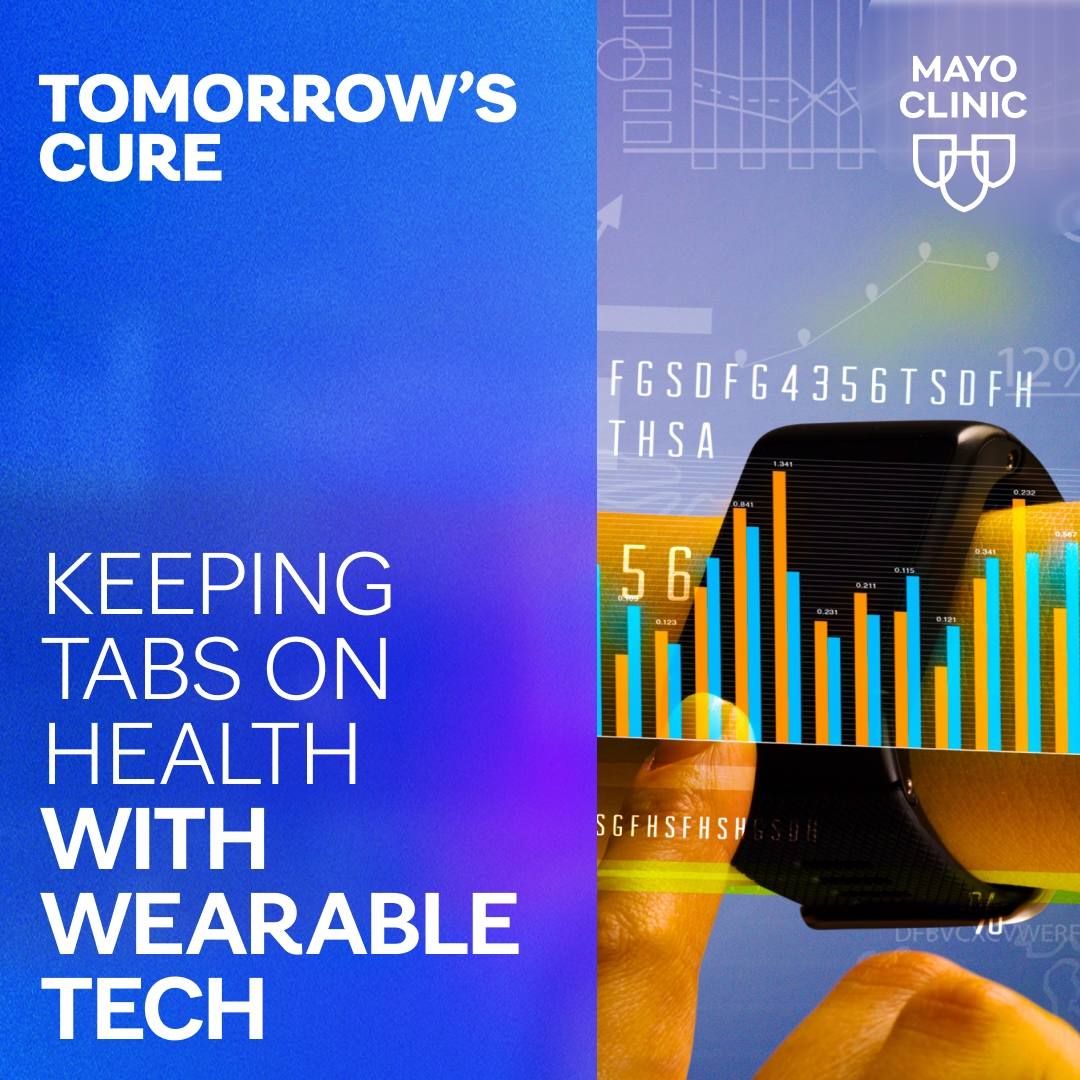-
Deep Space Medicine Research Program
Shoots to facilitate missions to Mars and improve health on Earth

A full year before Alejandro Rabinstein, M.D., was born in Cordoba, Argentina, Apollo 11 made the first successful landing on the moon and U.S. astronaut Neil Armstrong became the first person to set foot on another planet. That was the summer of 1969. Forty-eight years later, Dr. Rabinstein has become Mayo Clinic’s expert on deep space travel medicine — a role he never anticipated.
“I wasn’t interested in space as a kid, and I’m not a sci-fi buff,” says Dr. Rabinstein, a consultant in the Department of Neurology at Mayo Clinic in Rochester. “I am, however, intellectually curious. I have the mindset of a clinician. I believe deep space medicine can be transformative and transcendent and can only enrich our knowledge about Earthbound human health. While I understand the allure of space travel, my fascination isn’t with the stars. Rather, my hope is that this work will spill over into patient care.”
Dr. Rabinstein is the energy behind Mayo Clinic’s nascent deep space medicine research program. Mayo hopes to lend its widespread multidisciplinary expertise to the medical challenges astronauts face. On long space flights, astronauts experience health-related problems including visual and sleep disturbances, a vertical brain shift, a narrowing of the central sulcus, behavioral problems and radiation exposure. So when NASA sends humans hurtling on a yearlong mission into deep space in the 2020s to test readiness for Mars and, ultimately, on a three-year round trip to Mars in the 2030s, what can space travelers expect? Based on experience with astronauts, experts expect Mars travelers will undergo physiologic changes due to microgravity and ionizing radiation during prolonged space travel.
Specifically, these changes may include:
- Intracranial hypertension and visual impairment
- Sleep disturbances
- Vestibular dysfunction
-
“I believe deep space medicine can be transformative and transcendent and can only enrich our knowledge about Earthbound human health.”
– Alejandro Rabinstein, M.D. - Orthostatic intolerance
- Decompressive sickness
- Behavioral changes
- Burnout
- Reduced aerobic capacity
- Reduced muscle mass
- Inadequate nutrition
- Bone loss and fractures
- Intervertebral disc damage
- Cardiac rhythm problems
- Renal stone formation
- Radiation exposure — acute radiation sickness, carcinogenesis, cataracts, cardiac damage, delayed degeneration of other organs/tissues, impaired wound healing, infertility, DNA damage and inheritable disorders, deleterious effects on nutrients and medications
- Altered immune response
- Host-microorganism interactions
- Pharmacokinetic changes
What can medical science do to prevent, ameliorate and treat these myriad anticipated problems?
Mayo Clinic hopes to collaborate with federal entities, industry, space travel and flight operation safety experts, and physicists to solve the medical challenges of space missions and, equally important, make discoveries that are useful for clinical applications in patient care. To aid in this effort, Mayo is bringing together team members from neurology, neurosurgery, neuro-ophthalmology, neuroradiology, neuro-otology, sleep medicine, psychology, psychiatry, cardiology, pulmonology, physiatry, radiology, oncology, genetics, nutrition, endocrinology, nephrology, pharmacy, physiology, biomedical engineering, telemedicine and research.
Mayo anticipates the major themes of its research will be:
- Discovery science aimed at understanding how microgravity, ionizing radiation and prolonged space travel adversely affect organ physiology
- On-Earth models to explore the complex physiologic and psychologic effects of space travel
- Technologic innovations for physiologic monitoring
Figuring out the unknowns
Dr. Rabinstein was thrust into the lead on Mayo Clinic’s deep space medicine research efforts because of his involvement with NASA on another endeavor. SpaceWorks, an aerospace engineering firm and vendor to NASA, took note of his well-published research in therapeutic hypothermia and enlisted his help. For several years Dr. Rabinstein has assisted SpaceWorks on a NASA grant to study hypothermia as a way to mediate the challenges of deep space travel, including protecting space travelers’ health by inducing a state of hibernation for a portion of their trip.

“Hypothermia reduces metabolic demand and puts the brain in a state of rest, which could give astronauts a physical and psychological break,” says Dr. Rabinstein. “It’s likely this will become a part of the deep space travel protocols.
“There’s great interest in and excitement about this kind of travel. But before people venture into deep space, they want to know that the unknowns related to their health have been figured out. We have a lot of work to do before that’s the case. Mayo Clinic has an illustrious history in aerospace medicine during World War II, and we think we can create a new history to help make it possible for humans to safely travel into deep space. When we bring to bear the vast resources and minds at Mayo Clinic, we can accomplish great things. We’re confident that includes solving the vexing physiological and psychological challenges of deep space travel and applying what we learn to help patients whose feet are firmly on the ground.”
###
This article and related content were first published in Mayo Clinic Alumni Magazine, Issue 2, 2018.
For more news and information about and for alumni of Mayo Clinic, visit the Alumni Association website.
For information about Mayo Clinic College of Medicine and Science, and its five schools, visit the website.
Related Articles








